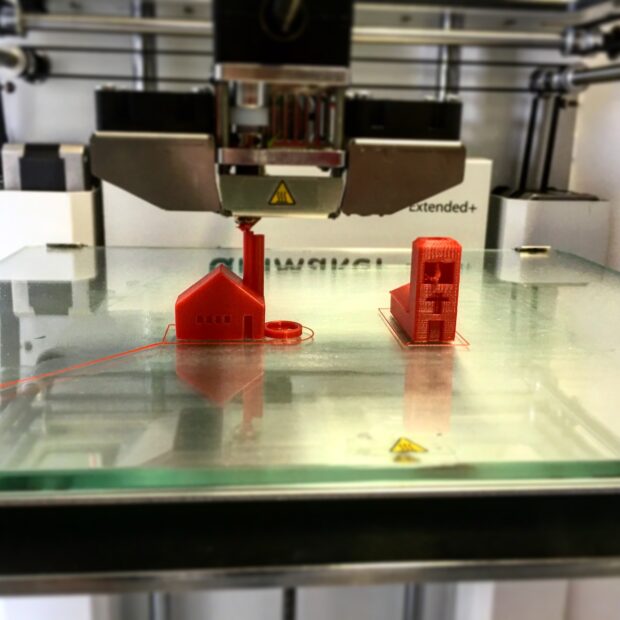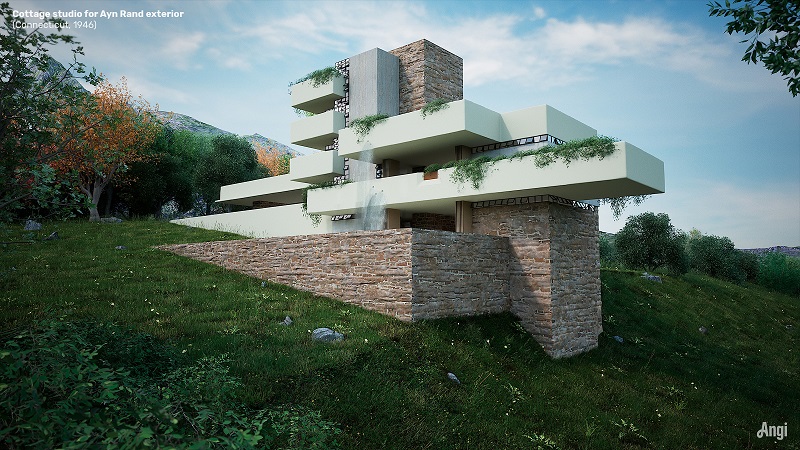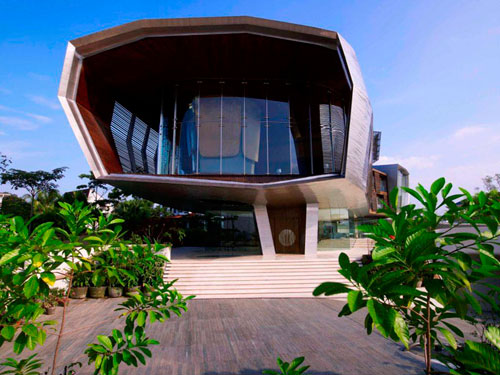Greetings, architecture enthusiasts! Today, we venture into the realm of how innovation is revolutionizing architecture. Modern architects do more than design buildings; they craft captivating spaces that engage the senses. One way they achieve this is through the use of unconventional materials. From repurposed shipping containers to recycled plastics, architects are challenging traditional design norms, delivering structures that are not only visually striking but also sustainable and cost-effective. Let’s delve deeper into this captivating architectural trend.
Shipping Containers:
New Zealand, a hub for pioneering architectural ideas, provides a notable example of the use of unconventional materials. Here, architects are integrating shipping containers into their designs, leading to impressive residential and commercial structures. These containers are durable, versatile, and sustainable, making them an excellent choice for contemporary construction. The “Grace Vineyard Church” in Christchurch, a standout example, harnesses shipping containers to produce a functional space with a distinctive visual charm. Using shipping containers in architecture, especially in New Zealand, gives these structures renewed purpose and prevents potential waste.
Bamboo:
Bamboo’s strength, flexibility, and rapid growth rate position it as an increasingly favored architectural material. Beyond its sustainability, bamboo offers a unique visual appeal, harmonizing seamlessly with natural landscapes. The “Green Village” in Bali, Indonesia, a collection of custom bamboo homes crafted by Elora Hardy, underscores bamboo’s potential in forming robust, alluring, and environmentally-conscious structures.
3D Printed Materials:
The emergence of 3D printing technology is ushering in novel architectural possibilities. This technology enables architects to manifest intricate designs previously challenging with conventional construction techniques. The “Tecla” house in Italy, conceived by Mario Cucinella Architects and WASP, is a testament to this innovation – a fully 3D printed dwelling crafted from locally sourced clay, underscoring the potential of 3D printing in producing both sustainable and economical housing solutions.
Recycled Plastics:
Instead of viewing plastics solely as an environmental concern, they can become part of the solution when smartly recycled and incorporated in construction. EcoDomum, a company based in Mexico, transforms plastic waste into materials for affordable housing. By melting down the plastic waste and molding it into wall panels, they not only address the pressing issue of plastic pollution but also provide a practical solution to housing deficits.
Utilizing unconventional materials in architecture extends beyond crafting visually arresting edifices. It’s a call to challenge established norms, seeking solutions to environmental, societal, and economic hurdles. Whether it’s leveraging shipping containers in New Zealand or repurposing plastic waste in Mexico, these materials are reshaping the architectural landscape.
The next time you encounter a structure crafted from bamboo or shipping containers, pause to recognize the innovation behind its conception. Perhaps these groundbreaking techniques will fuel your own creative pursuits in architecture.














